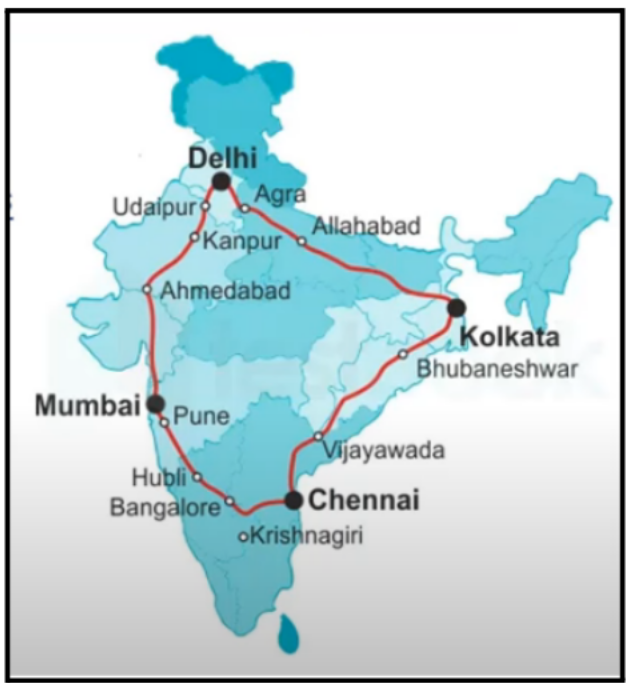India’s infrastructure has seen significant progress, with projects like the Golden Quadrilateral and the Ken-Betwa river linking initiative boosting connectivity, trade, and agriculture nationwide.
One of the lasting symbols of the late Prime Minister Atal Bihari Vajpayee’s leadership was the Golden Quadrilateral project.

More on Ken-Betwa River Linking Project
|
By taking a strategic and balanced approach, India can ensure that these infrastructure projects deliver lasting benefits to its people.
| Mains Practice |
|---|
Political shifts, power dynamics, rivalries, and external influences are reshaping the South Asian region, and India’s relationships with its neighbours are evolving. India’s foreign policy in 2025 must adapt to the rapidly changing strategic environment in South Asia.
| Members of Tehreek-e-Taliban, seeking to establish sharia law, have found a safe haven in Afghanistan, which Pakistan opposes. In December 2025, Pakistan launched rare airstrikes targeting multiple suspected hideouts of the Pakistani Taliban in Afghanistan, killing at least 15 people, including women and children. |
|---|
India’s foreign policy in 2025 must navigate a complex and shifting strategic landscape in South Asia. By focusing on maintaining stability with Pakistan, engaging cautiously with the Taliban, and leveraging external powers’ reduced interest, India can assert its position and continue to influence the region’s evolving dynamics.
| Mains Practice |
|---|
The University Grants Commission (UGC) has introduced new guidelines that includes the launch of two innovative degree programmes—an accelerated and an extended degree programme—for undergraduate students.
If these challenges are addressed effectively, the reforms could lay the foundation for a more dynamic and globally competitive higher education system. This would contribute to India’s vision of becoming a “Viksit Bharat” by 2047.
| Mains Practice |
|---|
<div class="new-fform">
</div>
